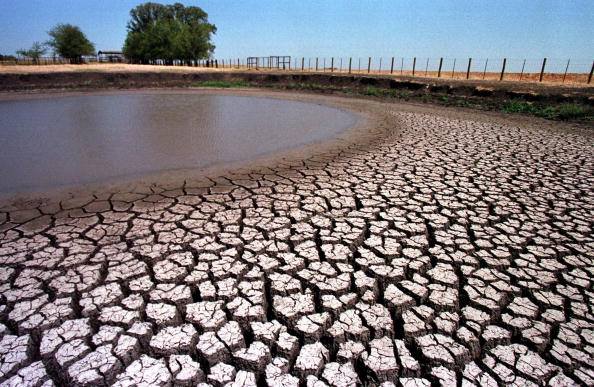
National Dairy Month 2014:
Texas dairies meeting the challenge of feeding the planet while saving its water
By Darren Turley
Executive Director, Texas Association of Dairymen
What liquid do dairy farmers perhaps love more than the milk they produce? The water that – in so many ways – makes it possible for them to produce that milk.
But as Texans know, our state is in the grip of an epic drought, one that the state climatologist recently said is among the five worst in the past 500 years. Some of the driest areas are also home to many of our state’s 442 family owned dairy farms.
In recognition of June as National Dairy Month, I’d like to share the steps dairy farmers take to responsibly use water while continuing to produce the milk and dairy products that feed a growing population.
Texas dairies strive to be good environmental stewards – dairy producers live on or near their farms, and they depend on the land, water and air to make a living. In addition, dairies must demonstrate they protect these natural resources in order to receive required operating permits.
Over the years, dairy farmers harnessing ingenuity, innovation and technology have learned to produce more milk with less environmental impact.
Between 1944 and 2007, dairy farmers increased milk yield four fold using 65 percent less water and 90 percent less cropland, according to the 2013 Sustainability Report from the Innovation Center for U.S. Dairy.
In fact, dairies in the Texas Panhandle – a rapidly growing dairy region – actually use less water than the area’s commonly grown crops of cotton, wheat and corn, according to a study of the Ogallala Aquifer by Texas and New Mexico dairy extension specialists that examined water use on an inches-per-acre-per-year basis.
Well before the current drought, Texas dairy farmers have been dedicated to responsible water usage and improving water quality. Dairies use water for everything from herd drinking water, to growing crops used for feed, to sanitizing equipment, to safely cooling the milk. Water reuse and recycling is a long established practice.
For example, water used to clean the milking parlor is reused to clean barn alleys or walkways and then to irrigate fields. Water used to cool milk is collected and becomes drinking water for the cows. Captured rainwater waters crops.
Farmers also conserve water in the growing fields by using cow manure to fertilize the soil. This increases the water-holding capacity of the soil by 20 percent, meaning less groundwater is needed.
Dairy farmers are constantly looking for new ways to use less water, both to save money and to conserve a precious natural resource. Dairies – and the rest of agriculture – have to continue to do more with less, as the world’s population is projected to grow by 2 billion people – almost 30 percent – by 2050. One of agriculture’s greatest challenges will be to feed this growing world with nutritious, affordable food.
During this National Dairy Month, the Texas dairy industry renews its commitment to both protecting and feeding our planet.


